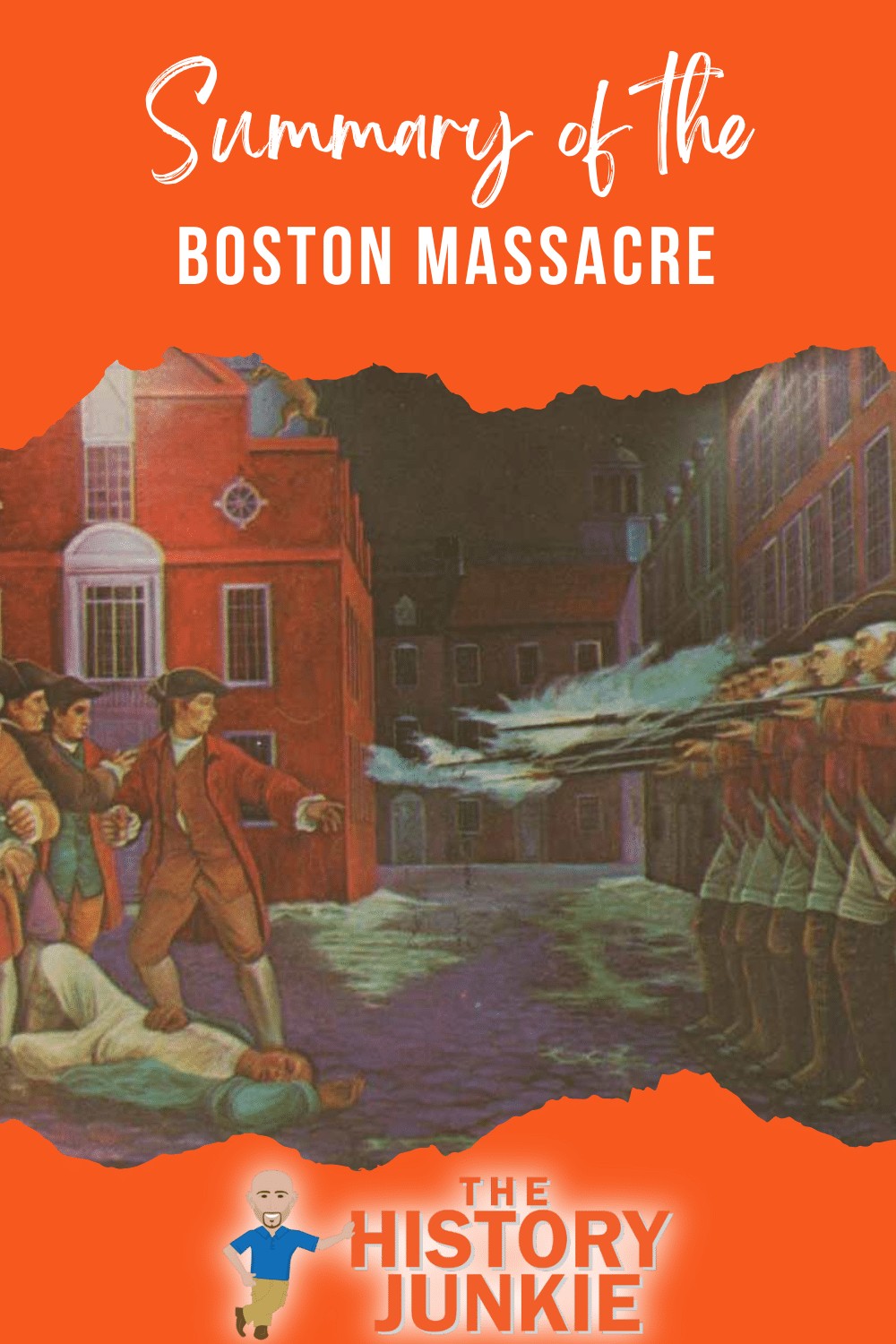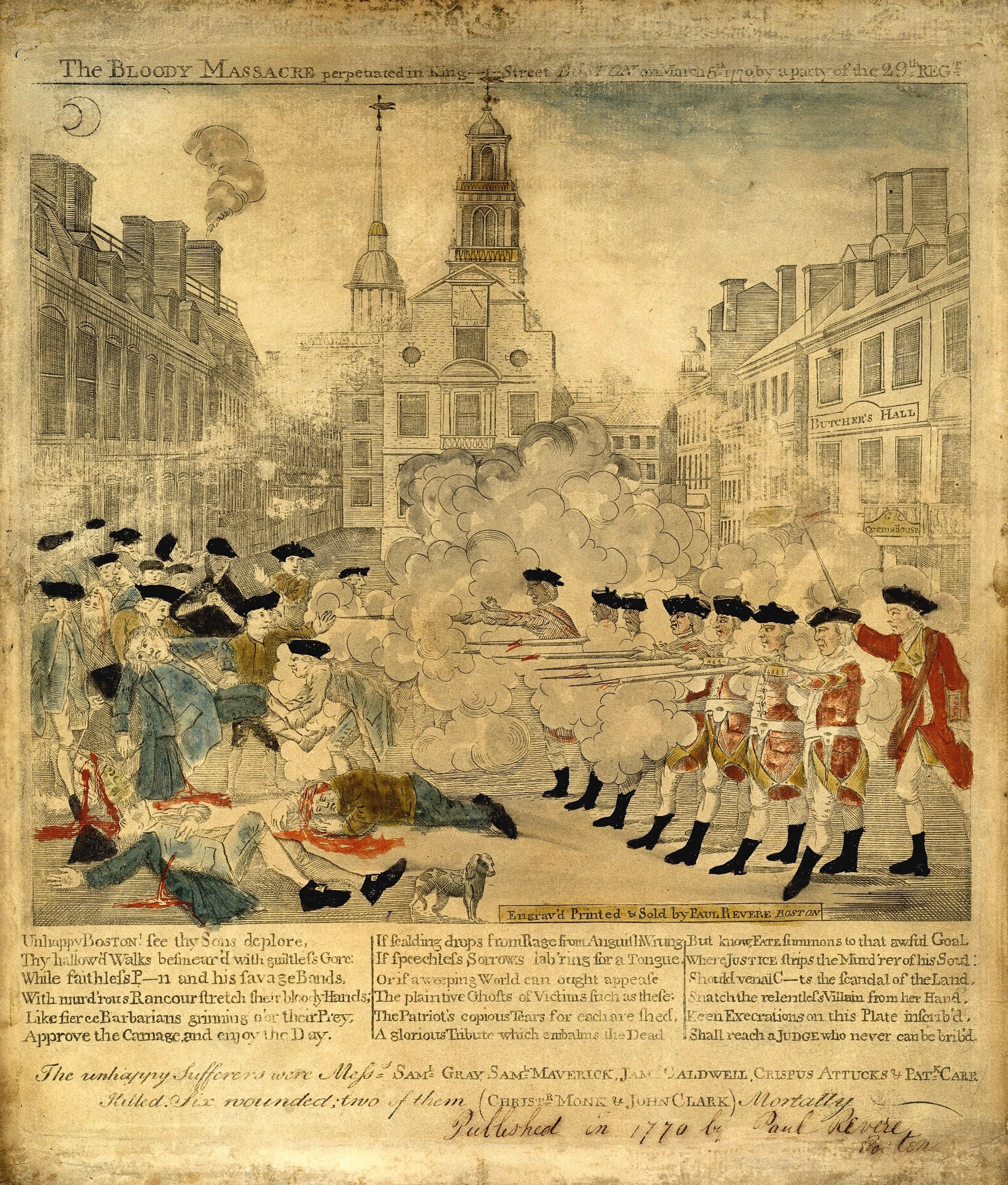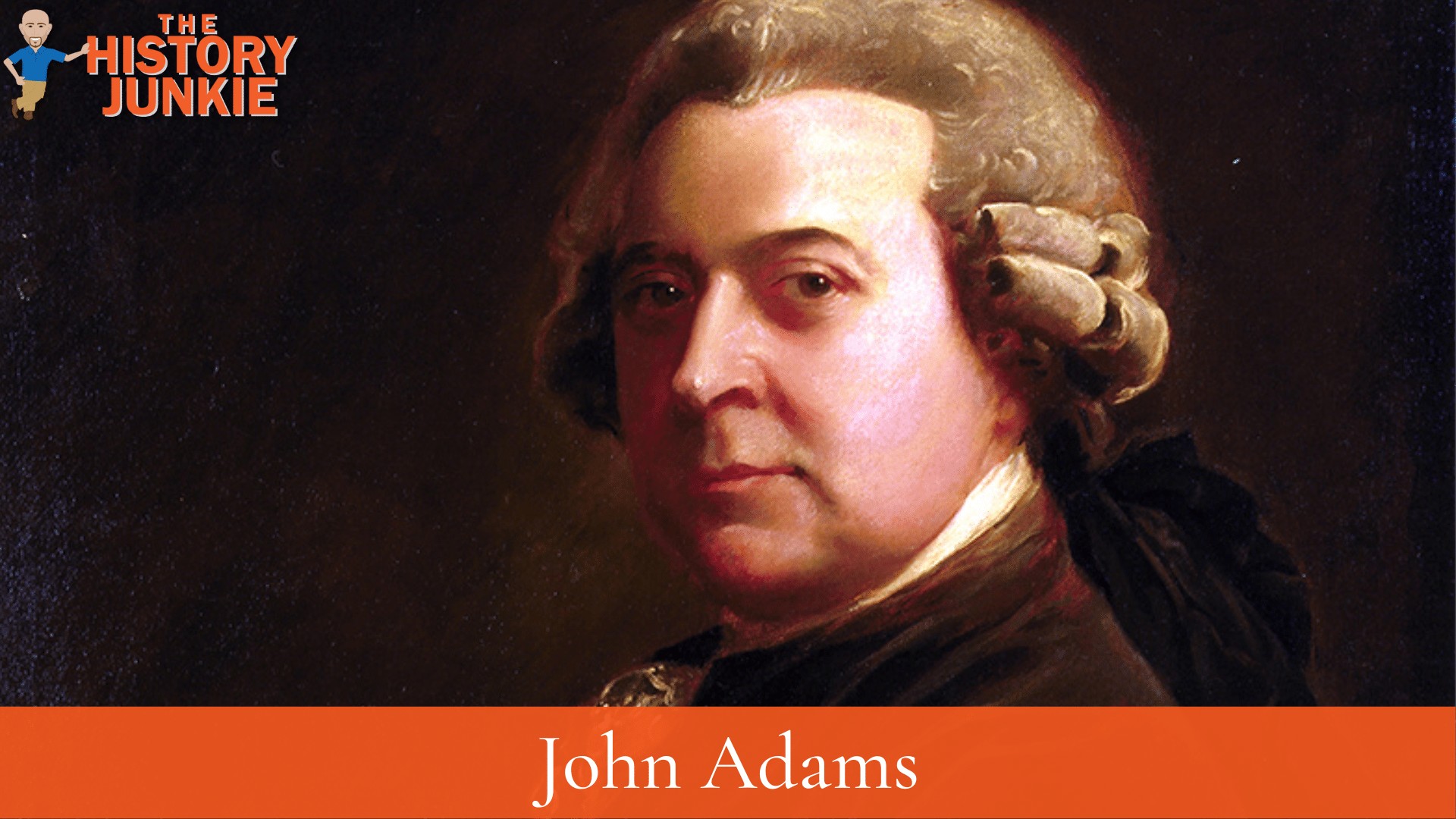The Boston Massacre was a direct result of the Townshend Acts. The Townshend Acts were put in place by parliament after the French and Indian War.

The British believed that the Americans should have to pay their fair share of the war debt since Britain spent a bit of money defending the colonies.
This caused a stir in the colonies.
Also Read: 10 Facts About Colonial America History
The colonists were used to an autonomous government, and when Bostonians began to push back, it would lead to the British Empire sending troops to Boston to enforce the acts.
Boston had become a hotbed of resistance. The colonists believed that the Townshend Acts were a violation of their constitutional rights as Englishmen.
However, parliament did not see it that way and ordered the colonists to dissolve their assemblies, which the colonists did not apply to. This act by parliament incited even more anger in the Massachusetts Bay Colony.
The Townshend Acts continued to gain in unpopularity and resulted in British customs officials requesting military support. Commodore Hood of Britain granted the request and sent the fifty-gun warship, the HMS Romney, to Boston Harbor.
The Boston officials then seized John Hancock's ship, the Liberty, on accusations of smuggling. This incited a riot, and the customs officials were forced to find refuge at Castle William (Now known as Fort Independence).
Also Read: 20 Famous Colonists in Colonial America
Finally, Britain ordered General Thomas Gage to send a force to Boston. Gage shipped four regiments of soldiers over to bring order to Boston.
Unfortunately, the troops that were sent only ignited the population more. The colonists and soldiers had many confrontations, and it all culminated in the Boston Massacre.

Crispus Attucks Dies
In the early evening of March 5, 1770, a British sentry, Private Hugh White, was accused by a wig maker's young apprentice, Edward Gerrish, of not settling his purchase.
Private White had indeed settled his purchase and ignored the false accusation. Edward Gerrish became even angrier upon his departure and arrived later with some of his friends.
The commanding British officer, Captain Thomas Preston, tried to defuse the situation as it became more intense. Soon, this small crowd turned into 300-400 British officers surrounding the British officers in a semicircle.
They were daring the officers to shoot by yelling, "Fire!." The young officers remained disciplined for some time. In comparison, the mob began to throw snowballs and threaten them with clubs.
Private Hugh Montgomery was then struck on the head by a club, and when he raised to his feet, he shouted, "Damn You! Fire!" and the small British regiment fired a volley into the crowd.
Three men, an African-American Crispus Attucks, rope-maker Samuel Gray, and mariner James Caldwell were killed instantly.
A few hours later, a seventeen-year-old boy, Samuel Maverick, died after being wounded by a ricocheted musket ball, and an Irish immigrant, Patrick Carr, died two weeks later from a wound received from the massacre.
The soldiers were removed from the center of the city and placed in a castle.
Shortly after the event, a picture engraved by Paul Revere and printed by Benjamin Edes surfaced and dubbed the event The Boston Massacre.
This massacre was used as propaganda by many of the resistance groups, including the well-known Sons of Liberty, whom Samuel Adams was the leader.
Also Read: Important People of the American Revolution
Seven days later, Captain Thomas Preston and his men were indicted for murder and would seek counsel from the only lawyer in Boston who would give them a defense.

The attorney would be the cousin of Samuel Adams, the young John Adams.
The Boston Massacre Trial
With the Sons of Liberty having so much influence and the overall attitude of the Massachusetts Bay Colony, the British officers involved did not believe they would be able to have a fair trial.
Also Read: The Boston Massacre Trial
There was not one lawyer in the area who would take up the defense for British soldiers involved in the Boston Massacre except for a young John Adams.
Ironically, the man who was the prosecutor in the case was Robert Treat Paine. A name that most do not recognize but would eventually be a Declaration of Independence signer along with John Adams.
